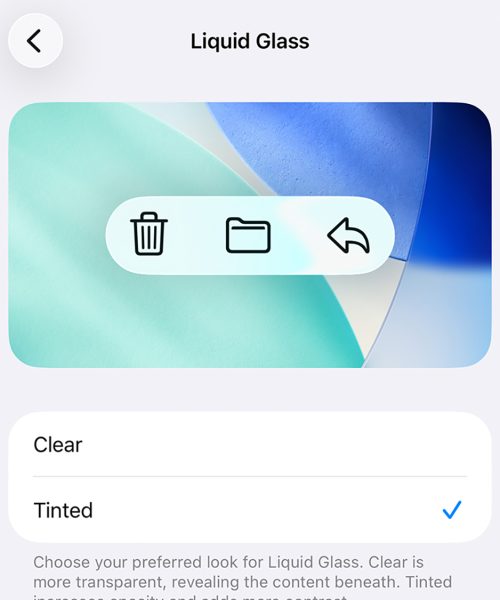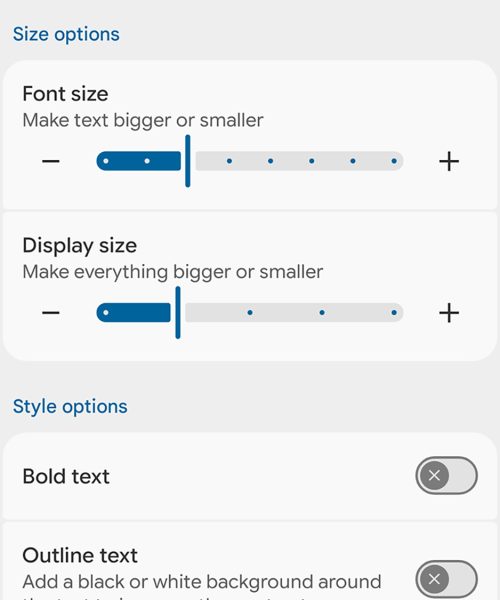The wood exploded into a million pieces, covering the workshop floor. As he stood there looking at the mess he just made, Kurt Zimmerman was at a crossroads moment.
“I just stood there and thought, ‘Do I really want to do this, or don’t I?”
Kurt’s first attempt to create his own Star Wars droid–and the incredible journey that hobby would take him on–almost came to an end right there, before it even started. All because a saw blade caught a notch on a wood panel and sent it hurtling across the workshop. “But I’m glad I kept going!”
Flashback to 1977, and a young Kurt was about to undergo his generation’s single most transformative movie experience. Already an avid model-builder with a love for sci-fi thanks to the 1960s TV series Thunderbirds and its use of “Supermarionation” (a combination of models and puppetry), Kurt was awe-struck when Star Wars began with a giant Imperial Star Destroyer swooping overhead. But something seconds later would hook him forever.
“R2-D2 is the first onscreen character we see,” says Kurt. “And I instantly thought, ‘I’ve got to have one of those!’”
It took him 35 years, but Kurt eventually realized his dream of that day. After raising a family, managing a successful hardware business in his home state of Michigan, and building a workshop where he could indulge his other passion of restoring vintage cars, Kurt decided to look into finally owning his own R2-D2. He soon found he was not alone.
“I started looking around the internet and I found the R2-D2 Builders Club,” he says. “This was back in 2011 and there were only probably 200 droids out in the world outside of Lucasfilm. I joined the club and did about two months of research–because they document everything.”
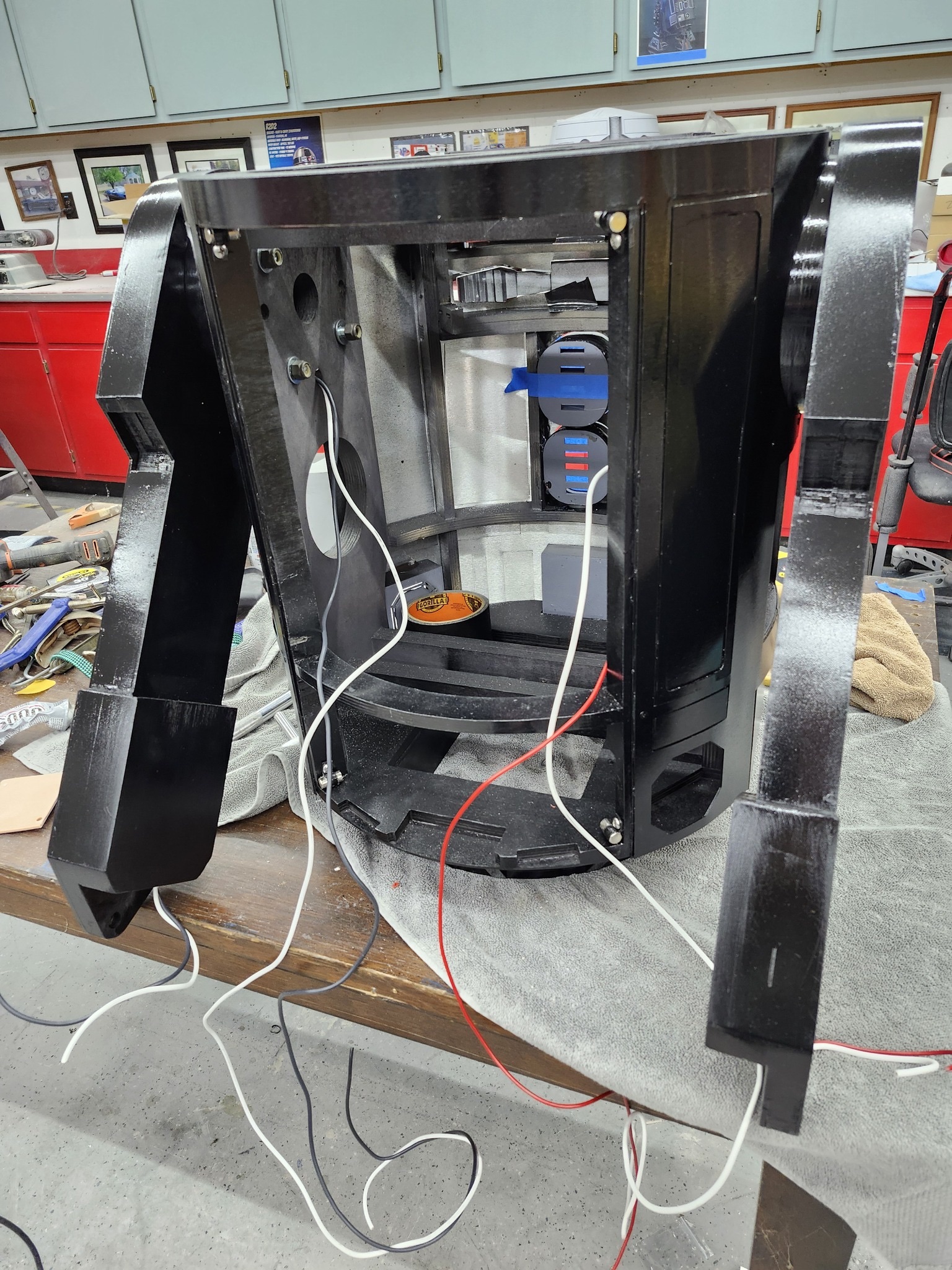
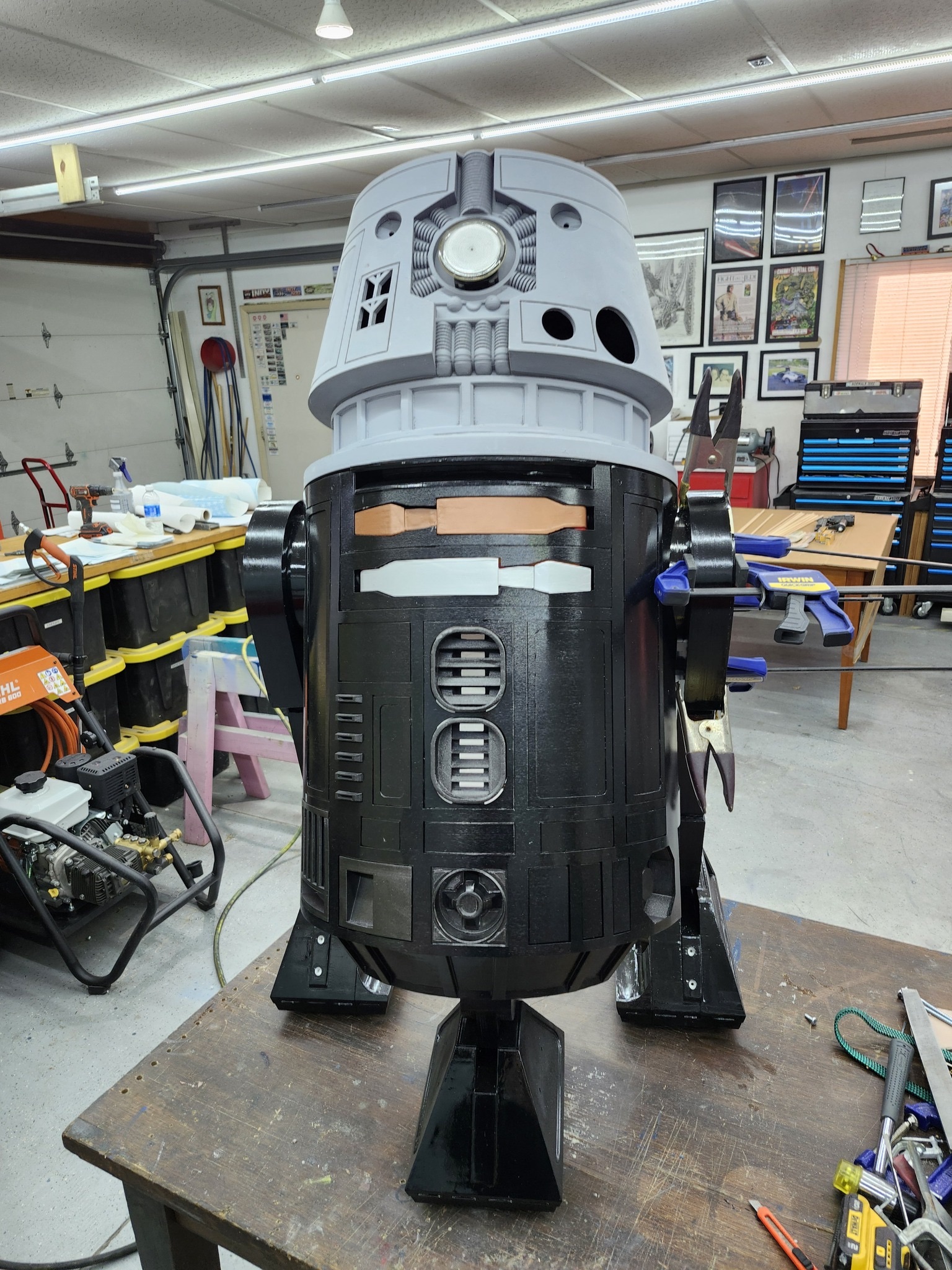
Not only that, but many of the club members worked for Lucasfilm, and had original blueprints of the screen-used droids. Members of the club share information, tips, and even parts, supporting and inspiring one another to build droids using whatever they could–from corrugated cardboard to plywood to plastic to aluminum to LED lights. Some members even employed a process called Hydroforming, which involves using high pressure hydraulic presses to shape and mold metal, a technique that proved invaluable for constructing the signature (and extremely challenging) round domed heads of R2-D2 and other droids.
For his first attempt, Kurt spent two months on research alone. He scoured the R2-D2 Builders Club site, absorbing all the information he could from blueprints, progress photos, and back-and-forth between members. “The actual thought of building a droid like that that was remote controlled and had the sounds and could do all the functions, it’s really intimidating,” admits Kurt. “But when you see how other people have done it, it kind of empowers you.”
The research paid off, and Kurt saw how he could tackle the daunting task. “I was more experienced in woodworking, which is why I decided to make my droid frames out of plywood. But once they’re sanded and fit and filled and painted correctly, they look like metal.” He hooked up a traditional model airplane remote control (“Some of our members are real electronics wizards and make their own controls or have even made them out of PlayStation game controllers”) and finally had the R2-D2 he imagined as a kid.
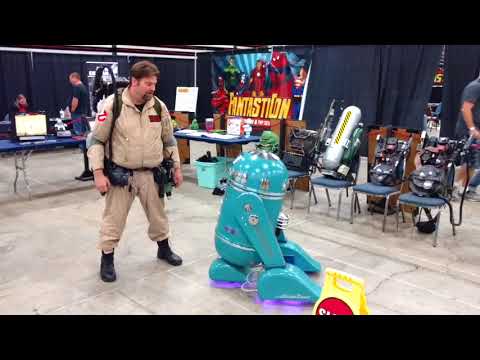
He also learned an important lesson. “The secret to building one is not to look at the whole project–because if you look at the finished product, it’s impossible. You have to break it down. Do one thing a night. Do one thing the next night. And then the next night. When you do it that way, it becomes doable. It’s 1,000 little projects instead of this one impossible one.”
Although a lifelong Star Wars fan, Kurt wasn’t a toy collector or someone who had walls lined with posters and merch. He found satisfaction in combining his fandom with his love of woodworking and model-making, with no thought of where it could lead beyond just simply having his own R2-D2. The R2-D2 Builders Club’s close ties with Lucasfilm, however, opened the door to something completely unexpected.
Like the 501st Legion–a fan group of cosplayers with movie-accurate costumes and uniforms–the R2-D2 Builders Club isn’t an official part of Lucasfilm, but it has the studio’s blessing to the point where the 501st and the homemade droids of the R2-D2 Builders Club have both been invited to participate in official Star Wars events such as Star Wars Celebration or theme nights at sporting events.
“I do a lot of local stuff,” says Kurt. “I’ve had R2 on center court at a Pistons game or out on the ice during a Red Wings game, stuff like that. All with Lucasfilm’s blessing.” The remote-controlled droids that greet visitors at Disneyland and Disney World were actually built by Club members.
“And that’s when I found out there’s another great part of this hobby,” says Kurt. “You don’t just have to be into the building part, there is also a performance part. You can take these droids to churches and schools and hospitals and do these visits–that has turned out to be the most rewarding part of this hobby.”
It started when a couple of Kurt’s 18 grandkids asked if he could bring one of his droids to their class. After giving a demonstration for their fourth-grade class, the teachers asked Kurt if he could do it again for the kindergartens and younger classes. And then again for the sixth, seventh, and eighth graders. Before he knew it, they were bussing in the high school kids. Kurt tailored his presentation for each group, letting the younger ones enjoy R2 rolling round while leaning into the engineering and construction elements for the older crowd.
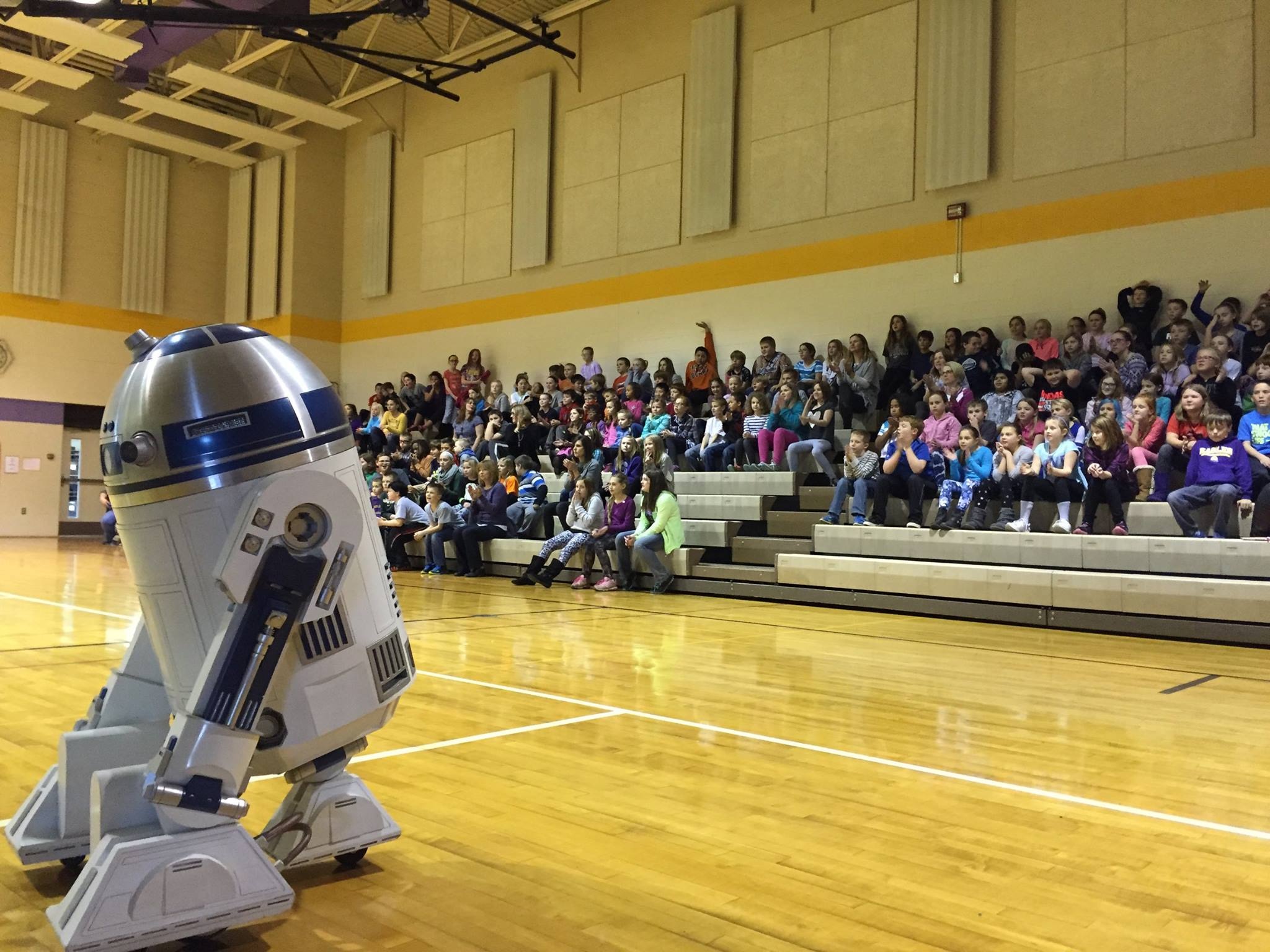
“I became the coolest grandpa in the world,” he jokes, noting that several of his grandchildren have since gotten into robotics themselves. Soon after, he found himself bringing droids to hospitals, where he saw yet another way for his hobby to have a larger, more valuable impact.
“When you have those interactions with patients and parents and they’re in the middle of a terrible experience but you can make them smile. It’s the most rewarding thing ever. It’s turned a hobby into a life-changing experience.”
These days, Kurt doesn’t tour as much with his creations as he used to, where he’d spend every weekend loading and unloading truckloads of droids. Instead, he loans them out to Club members around the country, ensuring that his hobby projects have a life outside of his workshop, and maybe inspire a few more droid builders along the way.
For decades, Popular Science has highlighted the work of hobbyists. If you or someone you know is a DIY hobbyist working on a project, we’d like an introduction. Fill out this form and tell us more.


